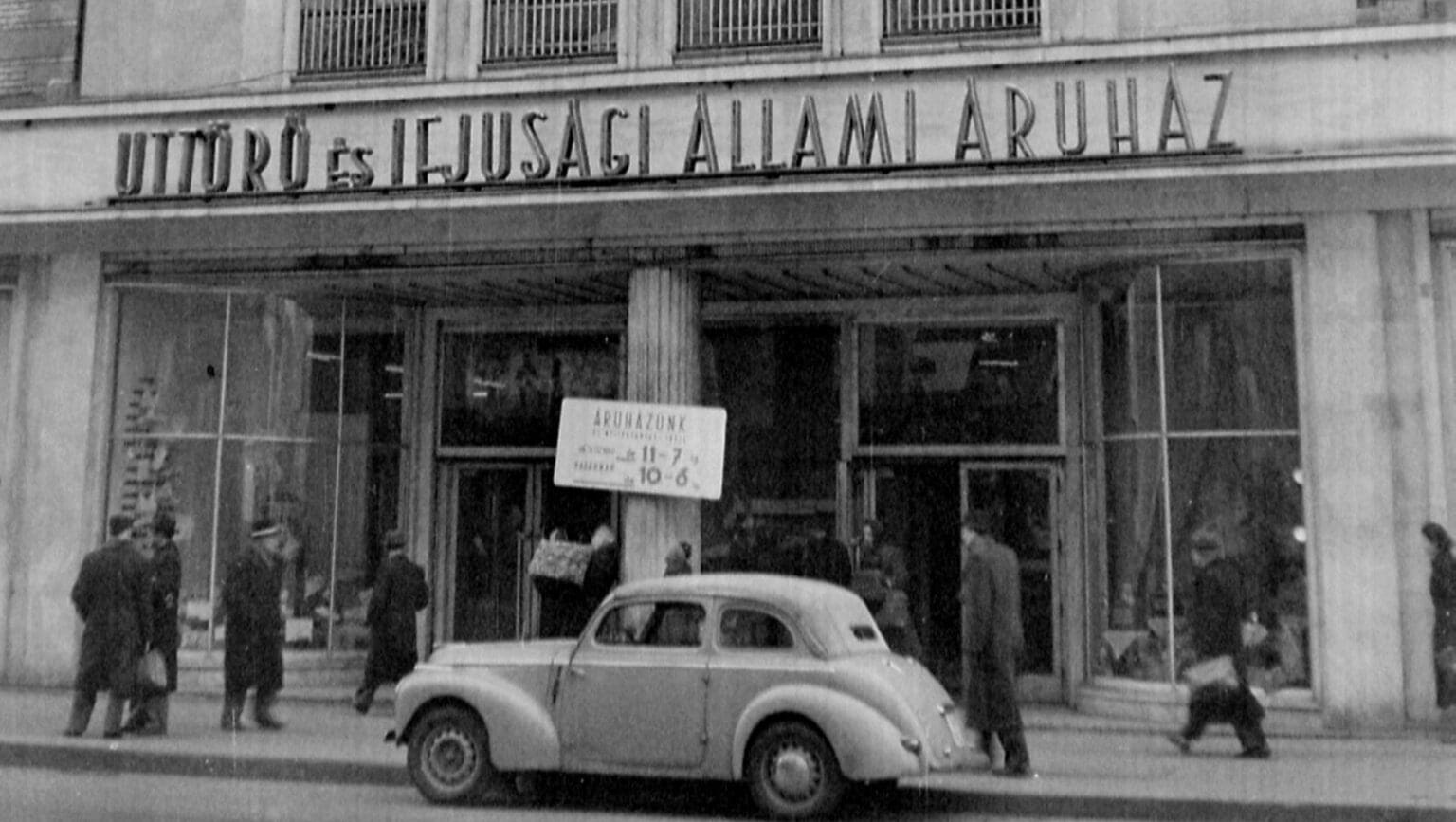
On the left side of today’s Rákóczi Road, on the way to Astoria, stood the Úttörő és Ifjúsági (Pioneer and Youth) State Store, which opened in the autumn of 1950 and was one of the most important shopping outlets for the youth of the time. Among its main goods were children’s clothing, sports and play equipment, children’s furniture, and, of course, as its name suggests, pioneer paraphernalia as well.

A sustained and substantial improvement in earnings started in 2013 in Hungary. In that year the country managed to repay its previous IMF loan, giving the government more freedom to reform and restructure the tax system, including reducing taxes on labour. The six-year minimum wage agreement launched in 2017 doubled the minimum wage for jobs requiring qualifications by 2022 and increased the overall minimum wage by 80 per cent.
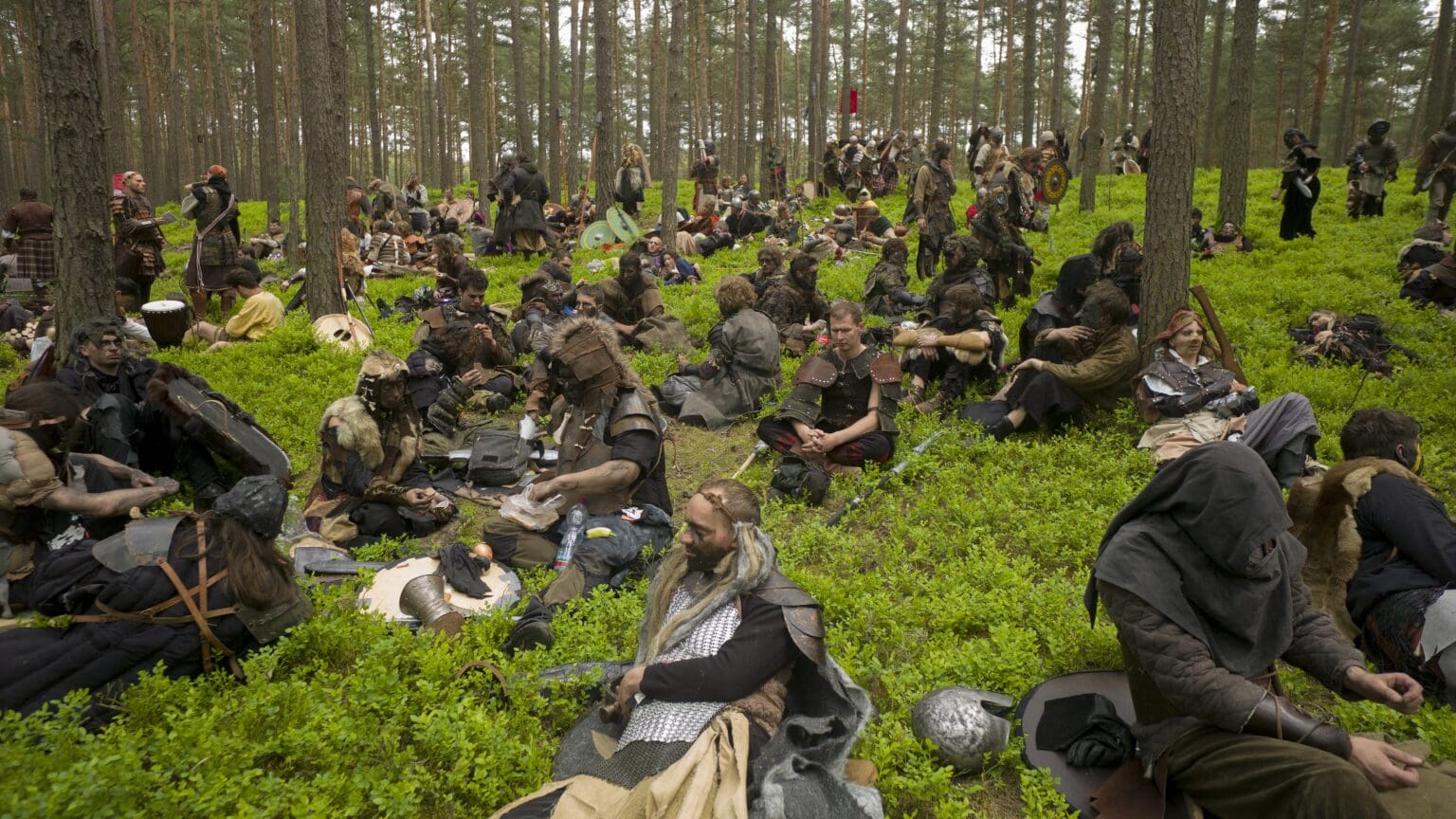
At the library located in the centre of the city visitors will have a chance to create souvenir cards with Elvish script, learn the secrets of Elvish braiding, participate in quizzes and group singing, and browse through the products offered at the Middle-earth market.

The Hungarian daily Magyar Nemzet talked to József Horváth, senior security policy fellow at the Center for Fundamental Rights, about former CIA agent and whistleblower John Stockwell’s revelations about the American intelligence agencies’ nefarious practices and collaborations with the mainstream media.

According to the applications for the CSOK Plus submitted in the first two months of the year, two-thirds of the couples requesting the loan are childless. This shows that couples have been encouraged to dare to start a family.

In the second part of our series looking at important facts concerning the Hungarian economy and society, our authors shed light on how the Orbán governments have managed to achieve a spectacular turnaround in terms of employment after 2010.

SC Freiburg winger Roland Sallai’s value has been raised to €15 million from €12 million by the online football database Transfermarkt.com. Meanwhile, Dominik Szoboszlai, currently in an intense title race with Liverpool, remains our highest-valued player at €75 million.

The one-year programme starting in the autumn begins with intensive preparation, focusing on imparting basic competencies and knowledge, followed by a six-month period during which students gain deeper insights into the essence of leadership.

A recent opinion piece published by POLITICO discusses the ineffectiveness of Western sanctions on Russia. The article aligns closely with the stance of the Hungarian government, asserting that punitive measures will not bring about an end to the conflict due to economic and energy interdependencies between Russia and the West.

Although the legendary Hungarian footballer was born on 1 April 1927, he always celebrated his birthday on 2 April, as he did not like the fact that it happened to fall on April Fools’ Day. He captained the legendary Mighty Magyar side of the 1950s, leading them to an Olympic gold and a World Cup final. He won the European Cup with Real Madrid three times, scoring four goals in the 1960 final—a record unbroken since.

In the first article of our new series offering in-depth analyses focusing on the Hungarian economy and society our authors look at inflation in Hungary in a historical context.
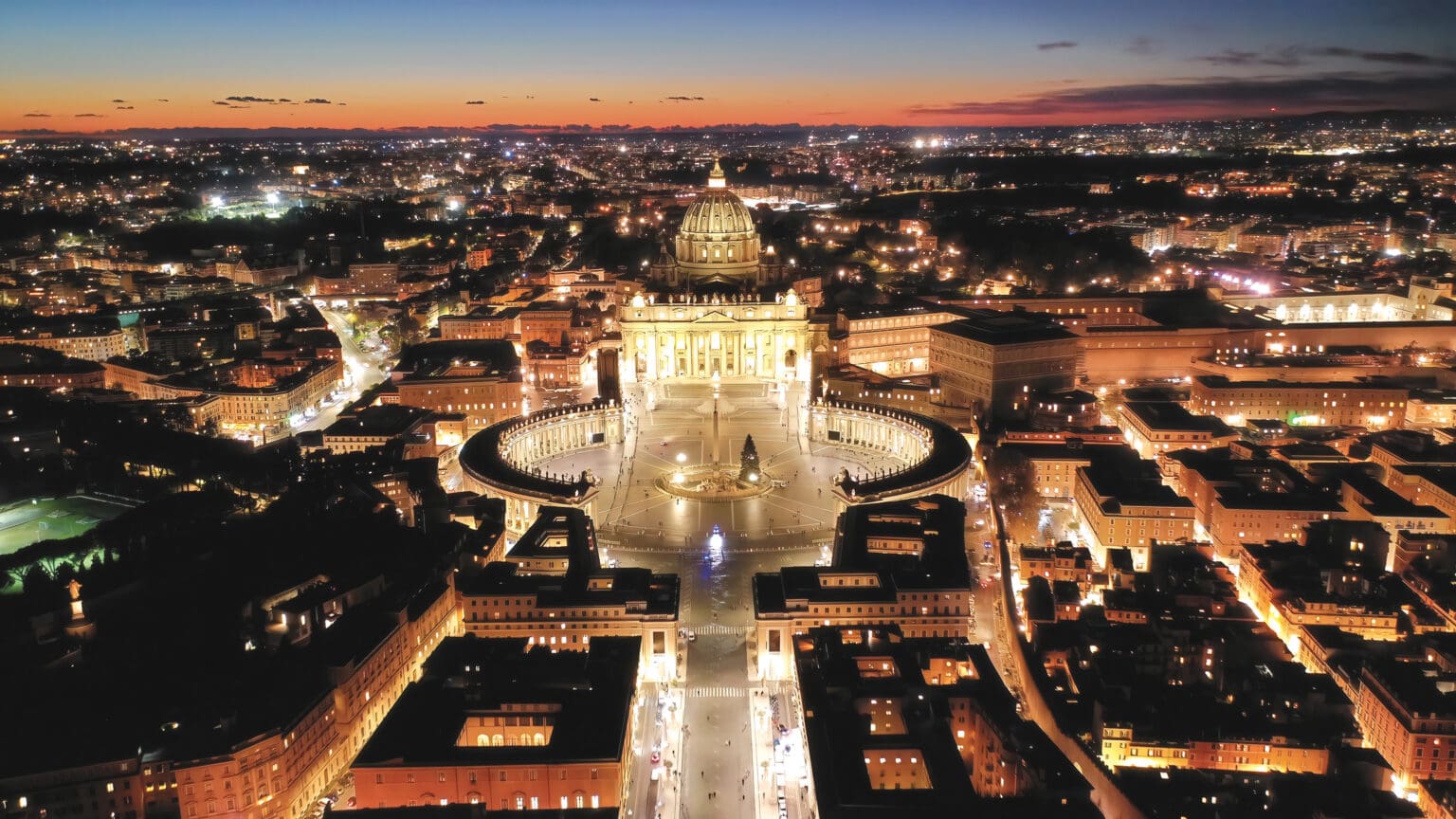
Sixty years ago, began the most important event in the history of the Catholic Church in the twentieth century, the twenty-third ecumenical council…It will be the task of a generation to continue, in a rational and balanced way, to implement the teaching of Vatican II, which today is under a great deal of tension.
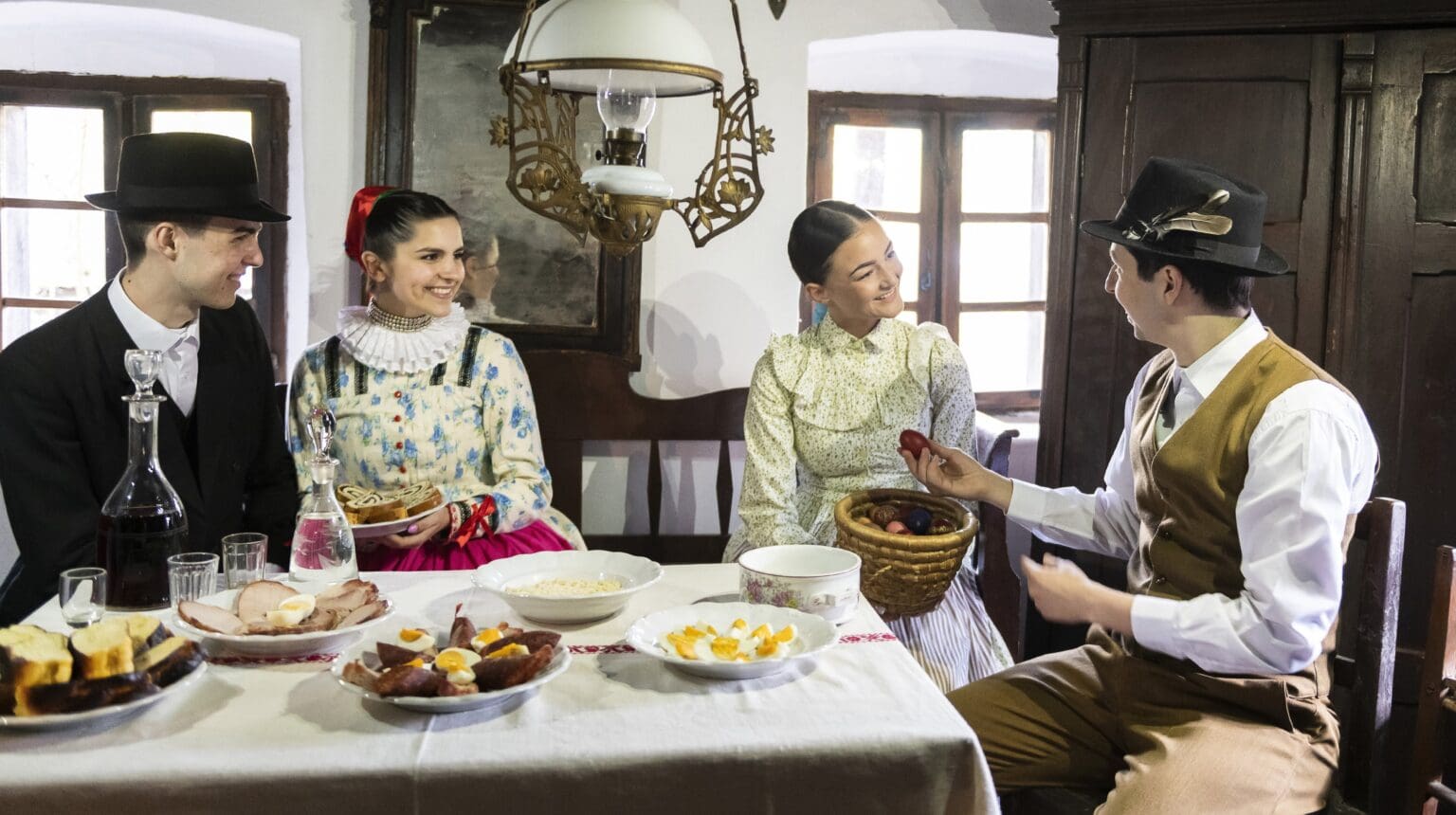
Easter is the most solemn celebration in the Christian world, commemorating the redemptive death on the cross and resurrection of Jesus Christ. In addition to egg-painting and sprinkling water, there are many folk customs and traditions associated with Easter, which you can read below in the collection of Magyar Krónika.
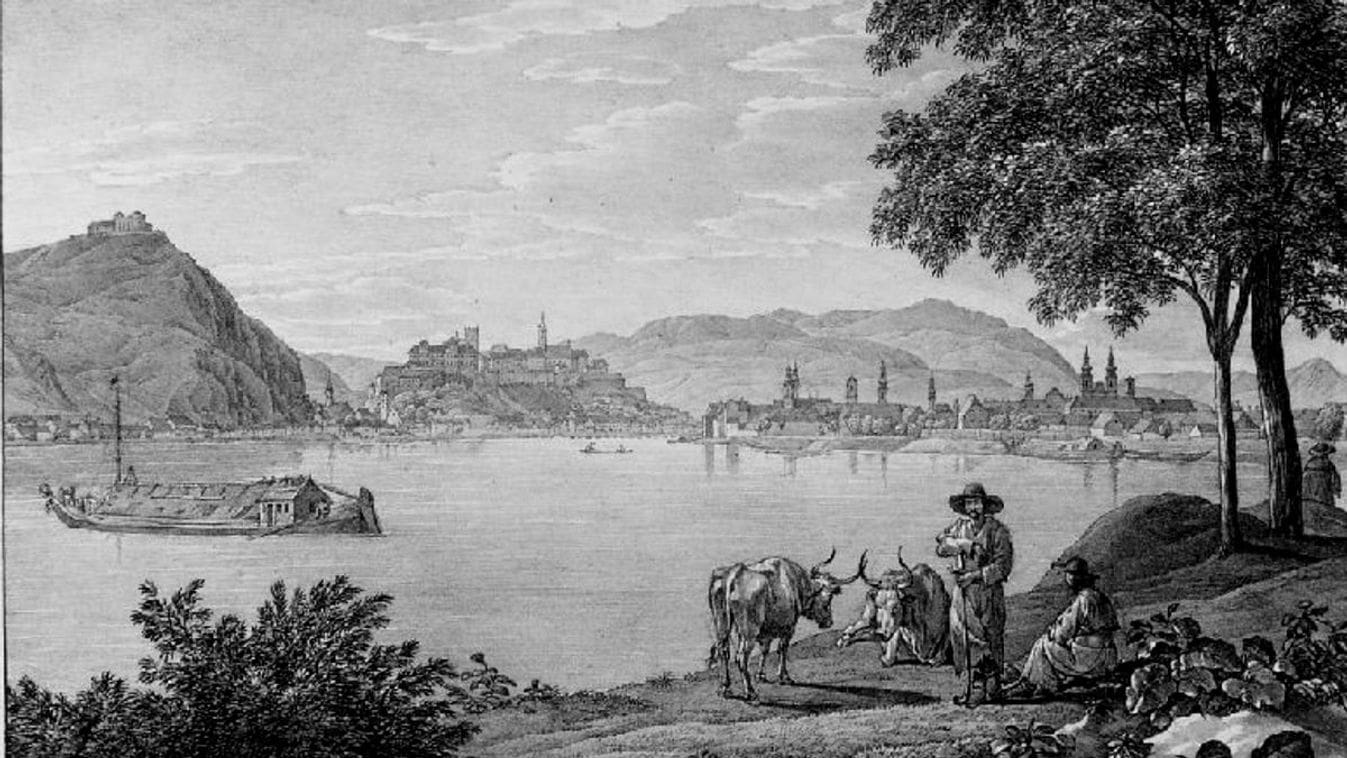
In Reform Era Hungary, on Easter Monday in the countryside maidens would be grabbed by boys, dragged to the nearest river and ‘dipped’ in it. If there was no river nearby, they would be taken to wells, laid in troughs and doused with cold water. On more than one occasion the poor girls would get a stroke from the cold water or die of pneumonia a few days later.
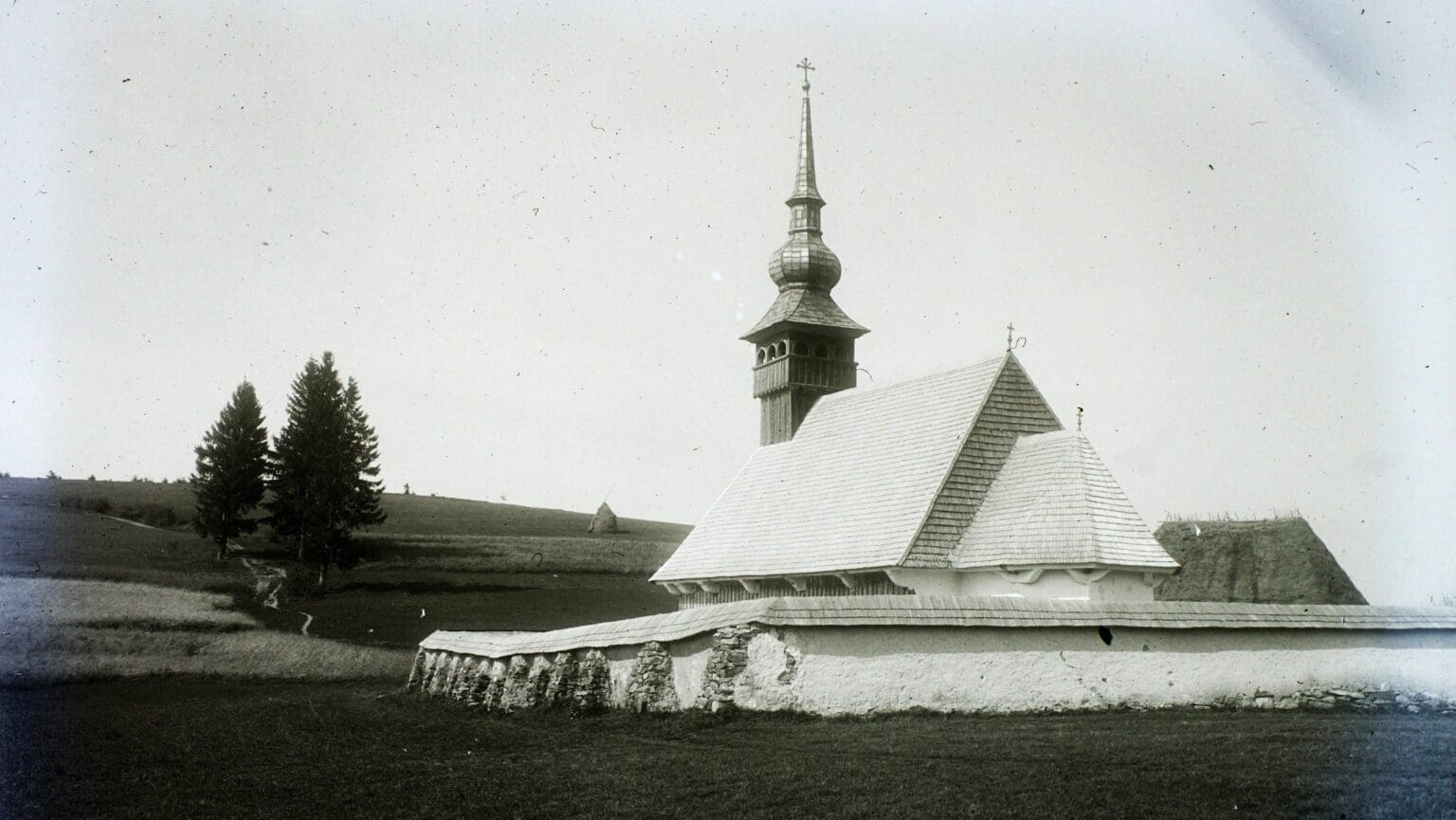
‘Today, we are faced with the fact that in our pluralistic societies, it seems to pose an insurmountable challenge to agree on a generally accepted moral standard, with values that provide common foundations.’
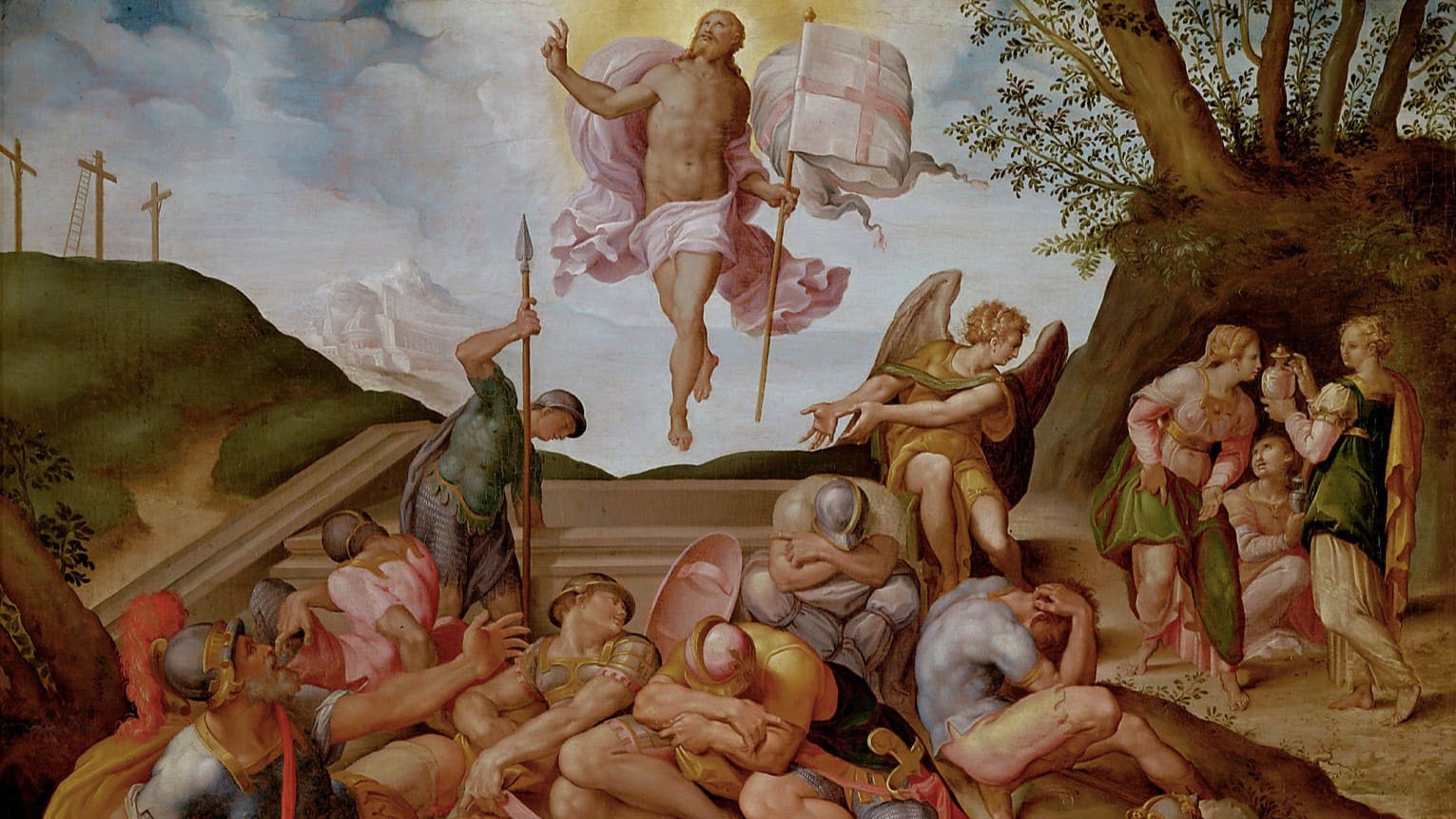
‘Easter, just like Christmas, has been trivialized in various parts of the world. There seems to be more attention given to spending time with the Easter bunny or going on an Easter egg hunt, as opposed to going to church to partake of the Paschal mystery. Easter has become inconsequential because the modernist message focuses on pleasure, instead of joy or fulfilment; and the latter can only be arrived at by bearing our daily cross.’
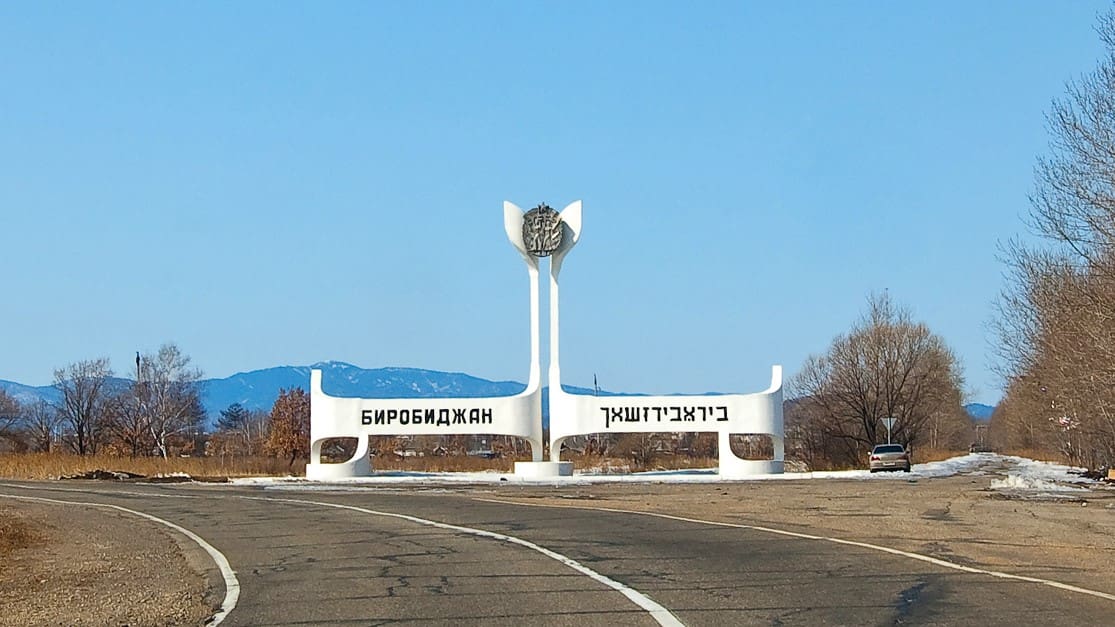
‘Ideologically, the notion of a Jewish autonomous region resonated deeply with the socialist ethos of equality and collective ownership championed by the Bolsheviks, principles that find resonance in Article 6 of the Russian Constitution. This constitutional provision affirms the socialist ideals of social justice, equal opportunity, and solidarity, serving as a guiding light for the creation of a territory where Jews could exercise their right to self-determination while actively participating in the collective endeavour of building socialism.’
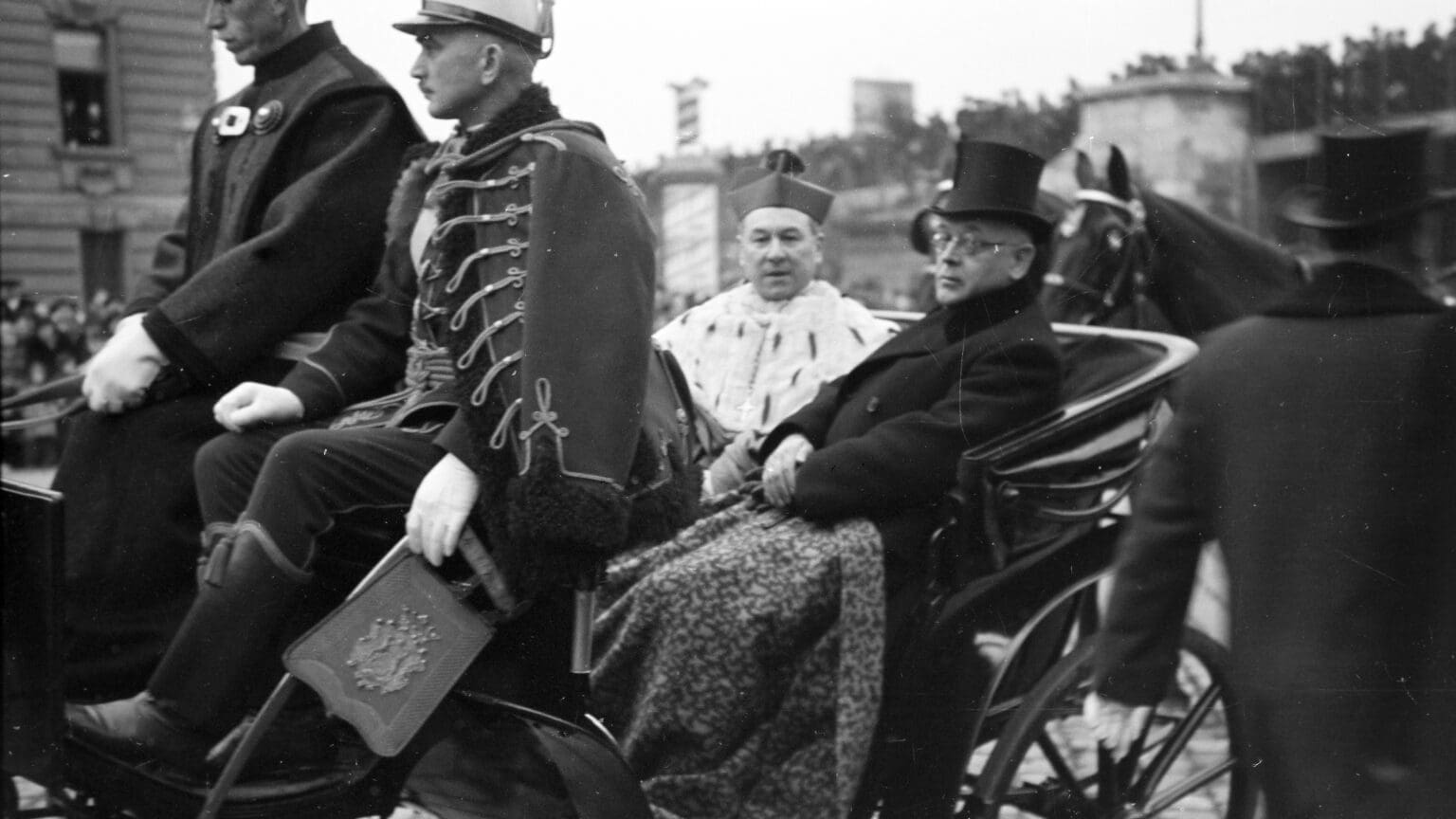
Vilmos Apor is known as the Bishop of the Poor, and as the martyred prelate who was fatally wounded defending the girls and women under his protection from Soviet soldiers on the Good Friday of 1945.

In rural communities it was believed that those who bathe before sunrise on Good Friday will catch no disease. This ablution was considered not only beneficial against illnesses, but also a beautifier. After washing, the Szeged girls who went to the Tisza combed their hair under the willows so that their hair would grow just as long as the willow branches or the length of the Tisza.
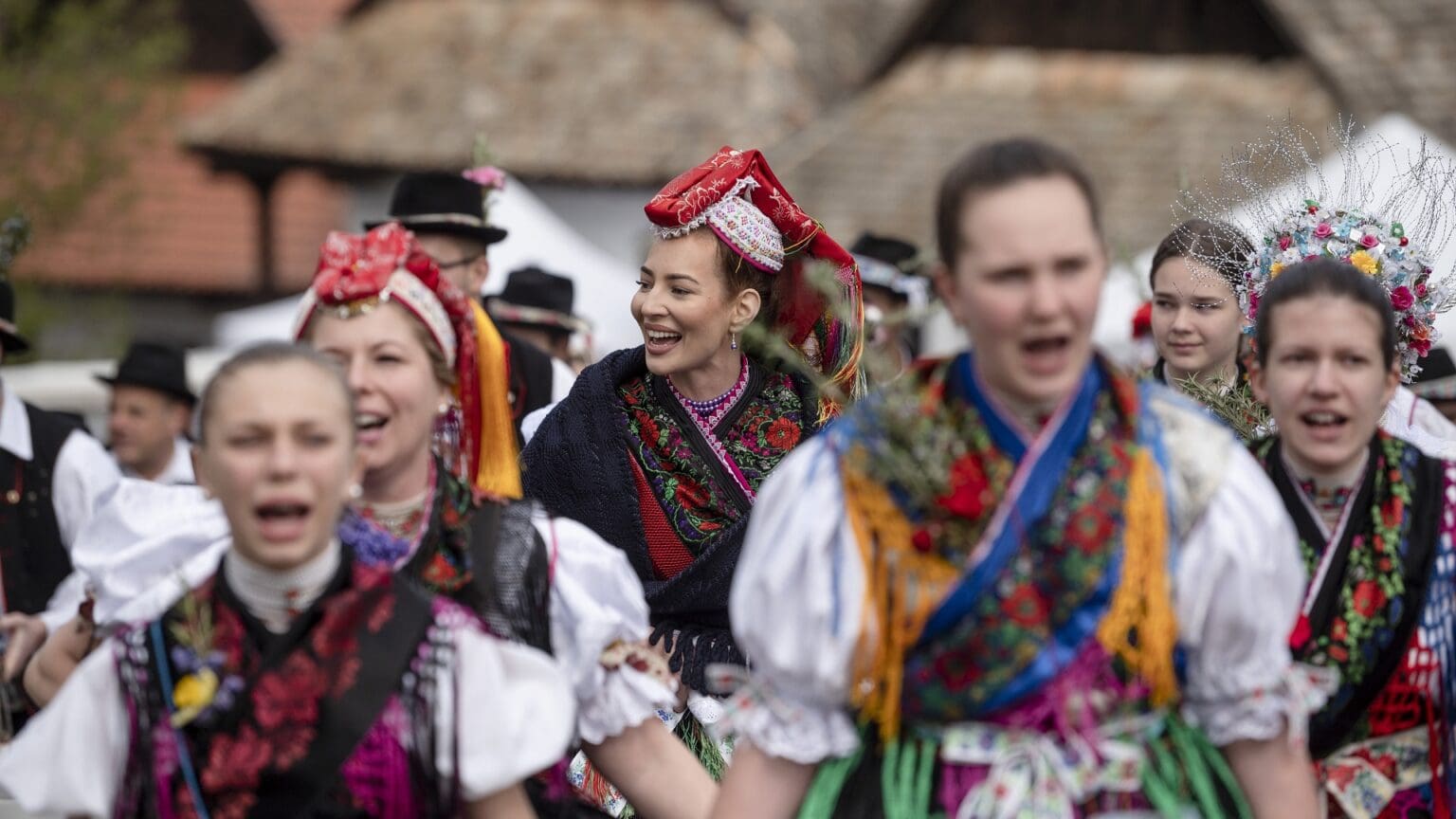
The four-day holiday festival in Hollókő, Hungary will feature traditional Easter festivities such as ‘rattling,’ ‘locsolkodás,’ and egg colouring; as well as professional folk musicians giving live performances. The Old Village of Hollókő has been a UNESCO World Heritage site since 1987.

The European Swimming League (LEN) has voted Gergő Zalánki the best men’s water polo player of 2023. The Hungarian star has had an impressive year, but he still has a huge challenge ahead of him in 2024: to win the Olympic gold.

This year’s horse racing season kicks off on Easter Sunday at Kincsem Park with eight races, starting with galloping. Besides horse races, various themed events also await visitors throughout spring and summer.

The purple-pink version of the Cross of St George has elicited disapproval and outrage in many people in the United Kingdom, including former English National Team players and coaches, and even Prime Minister Rishi Sunak.
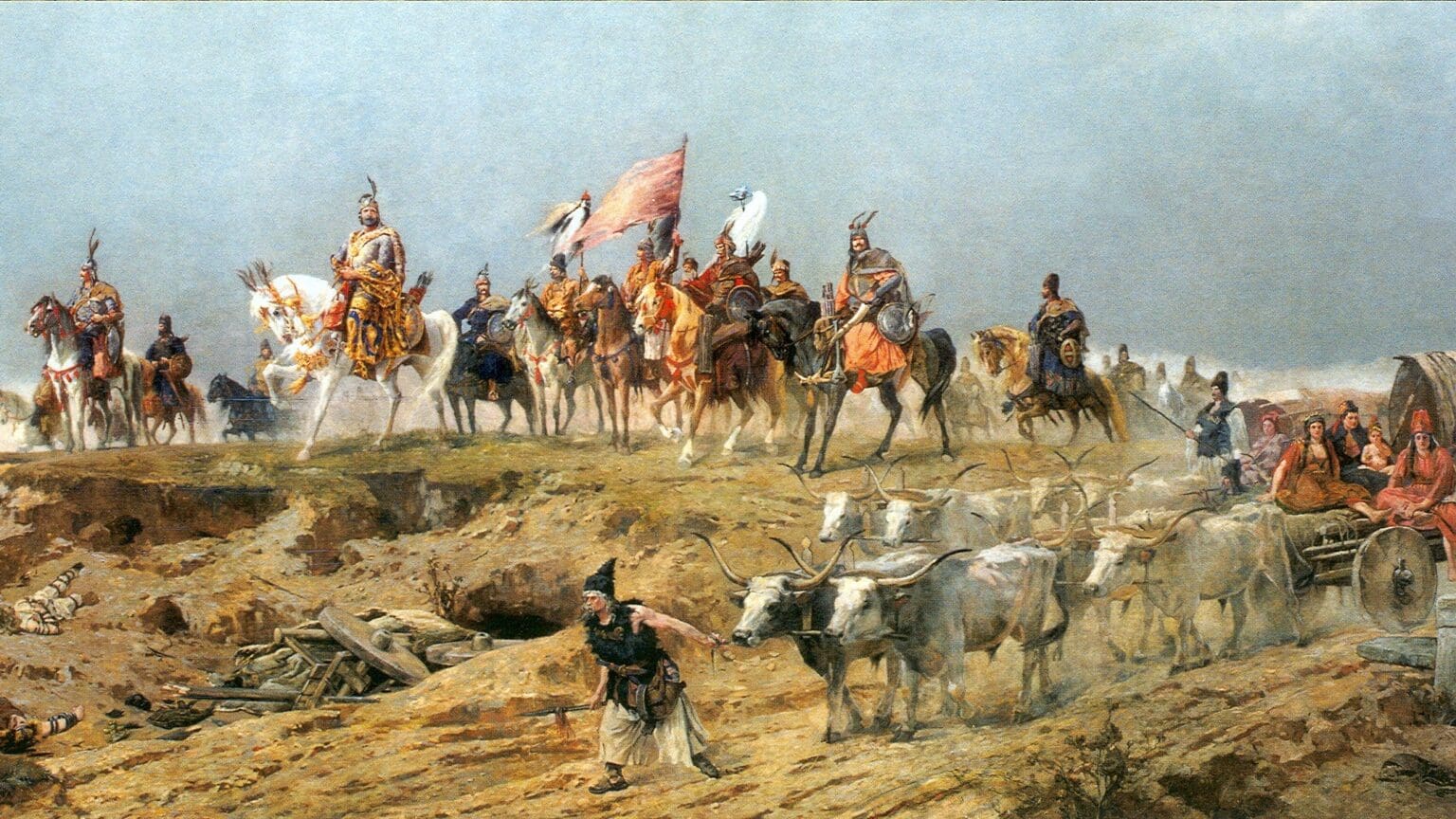
The Hungarian nobility—not only the Seklers—considered themselves to be of Hun-Scythian origin throughout the Middle Ages and partly during the modern period, and although the Scythian question should be examined separately from this fact, it is obvious to us that this sense of origin—in the light of the latest archaeogenetic results— coincides with medieval chronicle tradition and the idea of a Hunnic origin was probably not ‘adopted from Western chronicles’, as earlier research suggested.
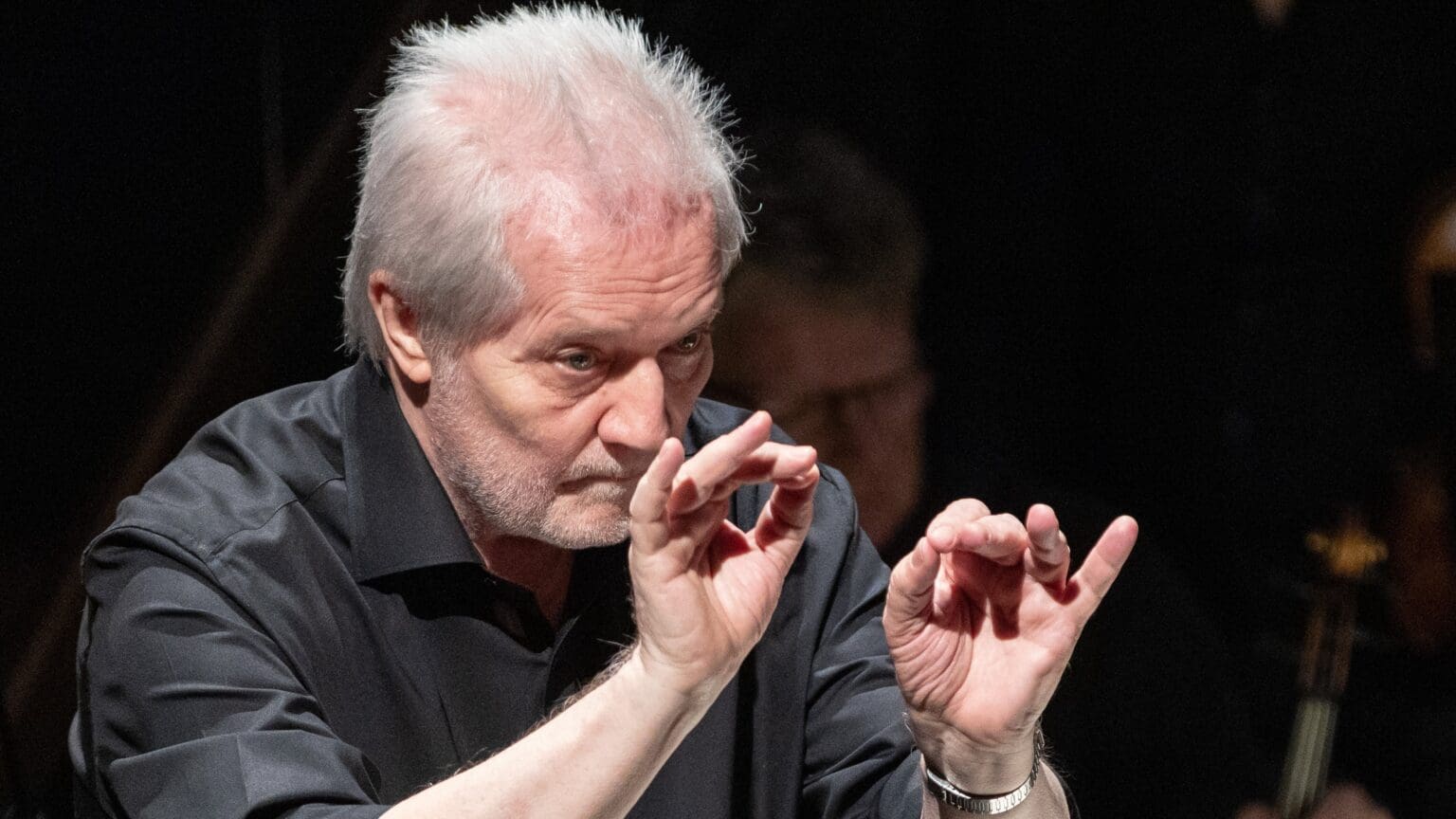
Péter Eötvös, one of the most renowned composers of Hungary and also a music teacher and conductor, passed away last Sunday, on 24 March at the age of 80. During his career, he conducted Europe‘s leading orchestras, including the Berlin, Munich, London, Los Angeles, and Vienna Philharmonic Orchestras as well as the Royal Concertgebouw Orchestra.

The Hungarian national football team secured a 2–0 victory against Kosovo in their preparation match on Tuesday, extending their unbeaten streak to 14 games. The team are scheduled to play two more friendly matches before the European Championship kicks off on 14 June.

This year’s Sziget Festival will take place from 7 to 12 August. Among the headliners announced on Wednesday is American singer Halsey, who has already received three Billboard Music Awards, an American Music Award, and has been nominated for a Grammy three times. The superstar is preparing for a new album release this year.

In the upcoming season of Budapest Zoo, the most visited cultural institution and tourist attraction of the country, a diverse programme line-up, new animals, and new or renovated exhibition areas will await visitors.
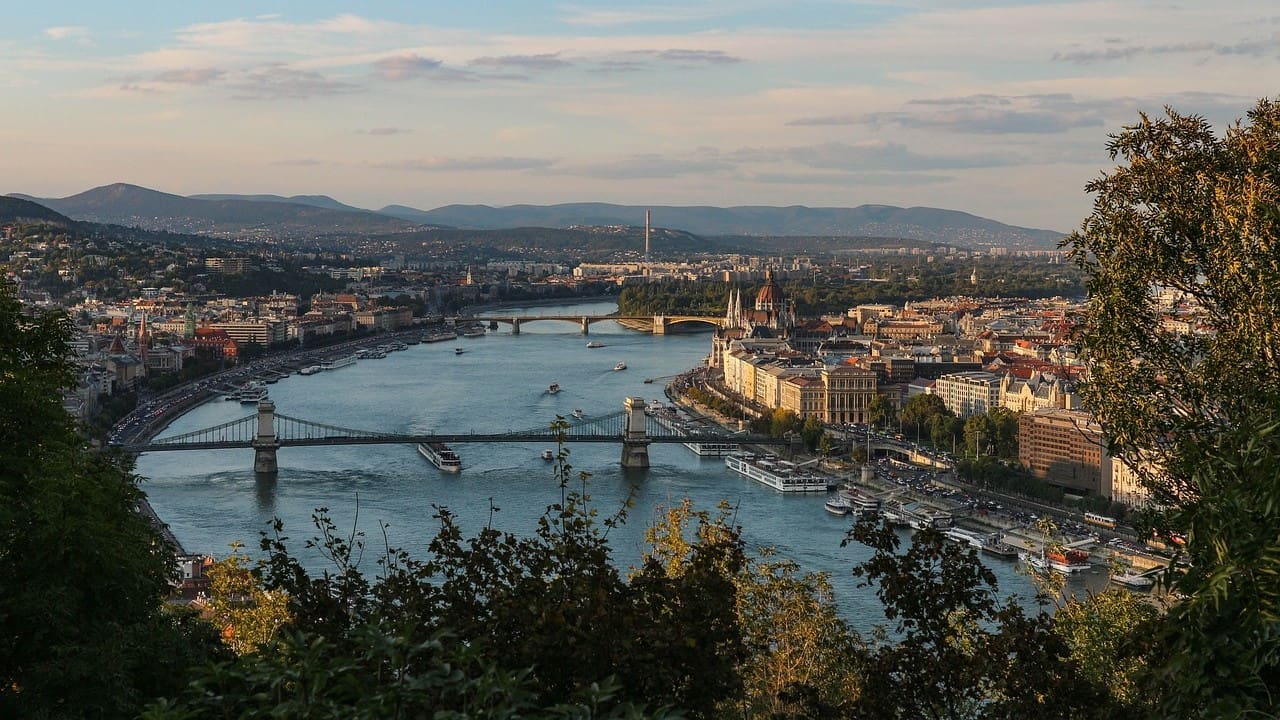
The latest episode of the BBC’s top-rated business reality show, The Apprentice, showcases the most beautiful sights of Budapest, potentially attracting tens of thousands of British tourists to Hungary.

Among the foods eaten in Italy at Easter, Gianni Annoni highlighted lamb, which is mainly imported from Hungary. He added that eggs are also important, used to decorate savoury cakes, especially in southern Italy, along with spring vegetables and Easter desserts.